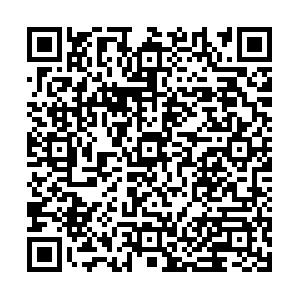从被动工具型到积极自主型:突发公共卫生事件社区防控模式的转变及其反思
From Passive Tool Type to Active Independent Type: The Change and Reflection of Community Prevention and Control Mode in Public Health Emergencies
-
摘要: 跨学科领域在寻求医疗干预的补充性和替代性措施过程中突破了自然科学和技术取向的认识限制,将“社区”作为治理突发公共卫生危机的防控工具。随即而来的一系列消极后果将争论聚焦于:社区防控的有效性证据是什么?通过批判性地审视全球突发公共卫生事件的社区防控经验,基于对工具假说的批评,我们可以引导社区从“被动工具型”向“积极自主型”的防控模式转变。这种转变具有两个方面的意义:一方面社区将作为一个积极自主的行动者在短期疫情防控流程中与政府机构互补;另一方面,社区将作为常态性的预防共同体表现出对长远社会复苏、风险实时监控,以及突发危机应对的坚定承诺。社区由此能够成为一种常态性和应急性并存的风险应对共同体。Abstract: In the process of seeking complementary and alternative measures for drug intervention, the interdisciplinary fields has broken through the cognitive limits of natural science and technology orientation, and has taken community as a leading tool for the management of emergent public health crises. The ensuing series of negative consequences focused the debate on: what is the evidence for the effectiveness of community prevention and control? By critically reviewing the experience of community prevention and control of global public health emergencies, based on the criticism of the tool hypothesis, we can guide the transformation from “passive tool” to “active and independent” community prevention and control mode. This transformation has two dimensions: On the one hand, as an active and independent actor, the community complements the government agencies in the process of short-term epidemic prevention and control; on the other hand, the community will show its firm commitment to long-term social recovery, real-time risk monitoring, and emergency response as a normal prevention community. Therefore, community can become a kind of risk response community with the coexistence of normality and emergency.
-

 点击查看大图
点击查看大图
计量
- 文章访问数: 3692
- HTML全文浏览量: 355


 下载:
下载:
 沪公网安备 31010102003103号
沪公网安备 31010102003103号